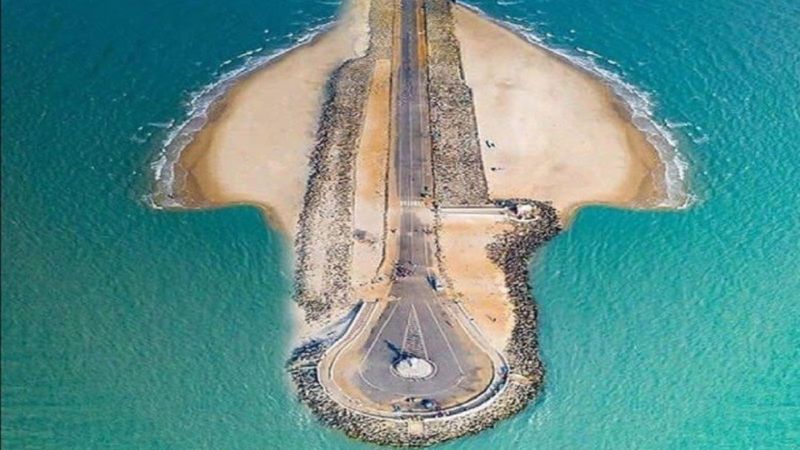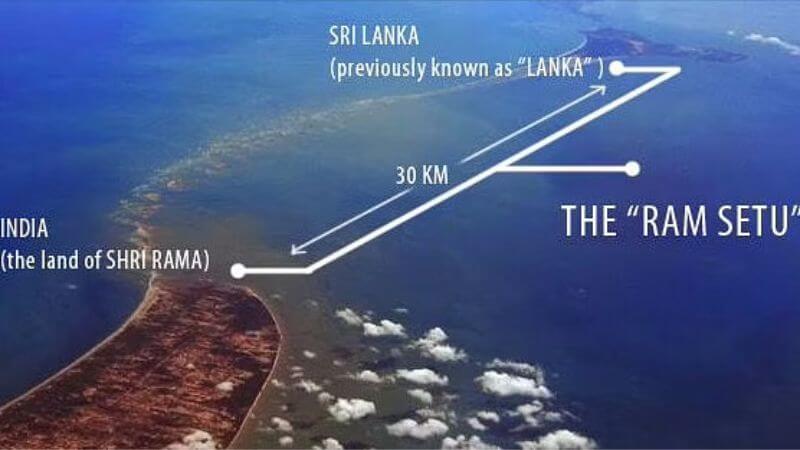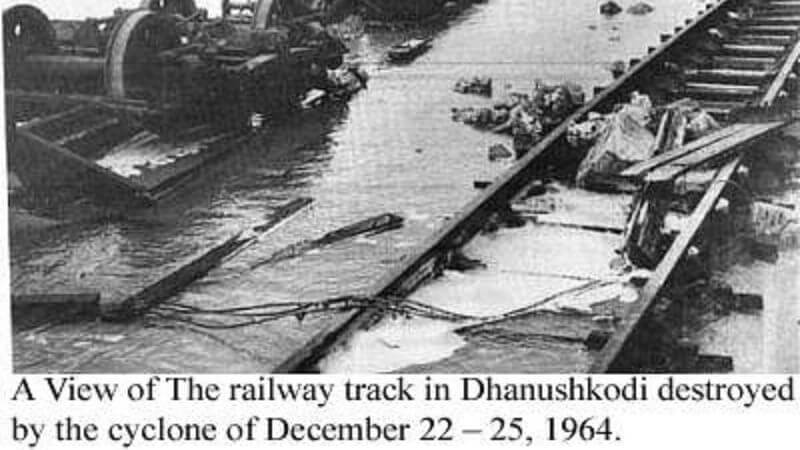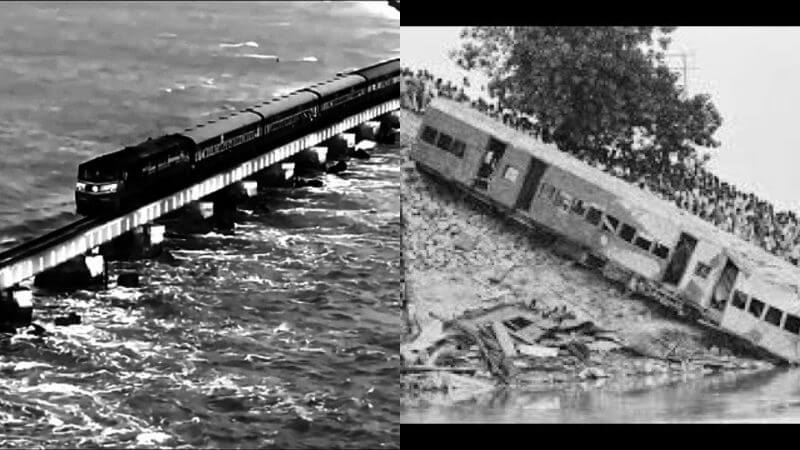For ages, India has been hit by a number of cyclones. Most of them have been minor, but some were beyond the definition of “drastic.” If we talk about the most vulnerable zones, then South India tops the list. Out of all, the story of the town called Dhanushkodi is the most remembered one. There are several cyclone-hit towns in India, but this one is more than just saddening.
Out of all the cyclone-hit towns today, we will discuss the one that came on 22 December 1964. Read on to know about the myths and realities associated with the tale of Dhanushkodi.
Where Is Dhanushkodi?

Situated at the southeastern tip of Pamban Island, Dhanushkodi is a small town that belongs to the state of Tamil Nadu. It is one of the most spectacular stretches of Tamil Nadu, with the Bay of Bengal borders on one and the Indian Ocean on the other. It is about 24 kilometers west of Talaimannar in Sri Lanka and some 20 kilometers away from Rameshwaram. Unfortunately, on 22 December 1964, this town was hit by one of the most devastating and drastic cyclones. Since then, the town has been abandoned by all the folks who used to reside there. Currently, we get to see only a few dwellings that the fishermen and their families occupy.
Myths Associated With Dhanushkodi

Dhanushkodi is a place that straddles between past and present. As per several legends, myths, and mythology, we get to know that Dhanushkodi is the town from where lord Rama and his army went to Lanka. This is the town where he pointed to with the tip of his bow, and Lord Hanumana, along with his army, built the infamous Setu bridge to cross the sea to reach Lanka. These myths seem believable considering the fact that Sri Lanka is just 31 kilometers away from Dhanushkodi.
The Cyclone Of 1964

Out of all the cyclone-hit towns, Dhanushkoti is the most tragic one. The cyclone of 1964 still is a very shocking and terrifying memory for the people who fled the region. First, it is believed that depression with its center in South Andaman Sea prompted the cyclone. Then, on 19 December 1964, this depression intensified into a cyclonic storm. And finally, it crashed into Dhanushkodi of Rameshwaram island on 22–23 December 1964, causing a catastrophe.
According to reliable sources, the wind velocity was 280 km per hour, along with tidal waves as high as 23 ft. Consequently, 1800 people died in the cyclone. Out of 1800, 115 were the ones who were traveling via the Pamban-Dhanushkodi passenger train that night.
Pamban-Dhanushkodi Passenger Train Accident

Earlier, Dhanushkoti was a prosperous and lively town. In addition to hotels, textile shops, Dharamshala, higher secondary school, a customs and port offices, it also had a smooth-running railway station. However, a severe train accident occurred during the night of the cyclone. Pamban-Dhanushkodi Passenger Train was the one that was carrying about 115 people that night. Due to pitch darkness and no sign of signals, the driver decided to take the risk and enter Dhanushkodi. Then, a huge tidal wave cloaked all the six coaches in its wrath and swept the whole train away. This catastrophe washed down the whole Pamban bridge with zero survivors.

Many people took refuge at the Rameshwaram temple. Nonetheless, these tidal waves made their entrance into the town, thus making it unfit for living. Soon after this tragedy, the government of Tamil Nadu declared Dhanuskodi a ‘ghost town,’ and people started abandoning the place.
Current Residents Of Dhanushkodi

An estimated 500 residents live in Dhanushkodi now, who are all fisherfolks. One can still see all the dilapidated remains of the 1964 wrath that its current residents are cherishing. The rail tracks are still with sands, and the unstructured hospital, school, and office buildings are also there. People residing there live in a clustered village inside thatched roofs. The dwellers day to day livelihood depends mostly on fishing.
An interesting thing to note is their source of drinking. Women of Dhanushkodi draw water from a depression on the sand. Yes, you are reading it right. Women of Dhanushkodi go to a nearby sandy place that is situated between the two oceans, and there they dig the sand with their bare hands to make a pit. They do so to find water in the pit. Then, all the women draw out the water and purify it with the help of a cloth. The water is believed to taste very sweet and free of salt.
The fury of the 1964 cyclone is still very much visible in Dhanushkodi. However, even in such dilapidations, these residents still live each day with a smile on their faces. It is a testament to how even after a catastrophe, one can move on and live their life!
Follow Us: Facebook | Instagram | Twitter |
Entertales is on YouTube; click here to subscribe for the latest videos and updates.














